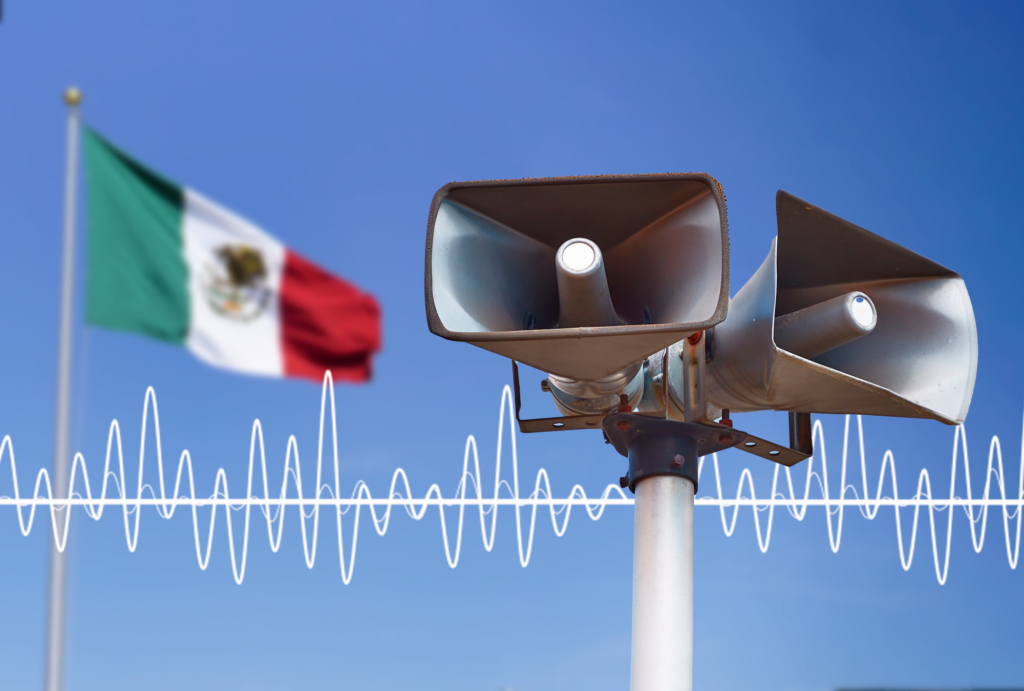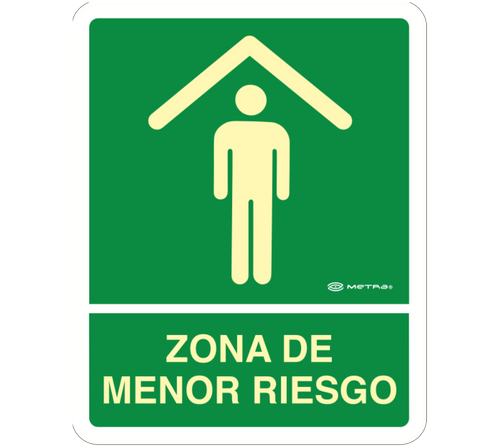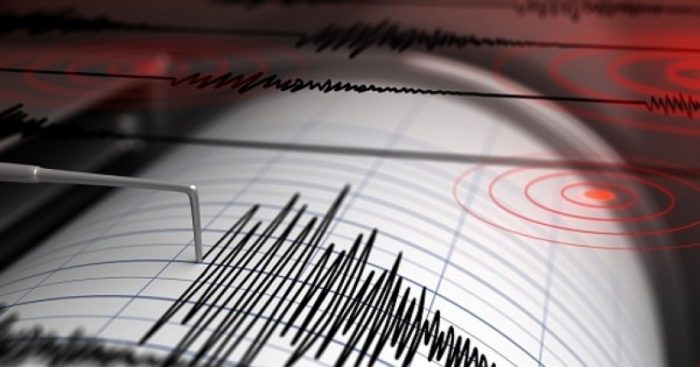Earthquakes are unpredictable natural phenomena that can strike at any moment, leaving devastation in their wake. However, being prepared and knowing what to do before, during, and after an earthquake can significantly increase your chances of staying safe and minimizing harm. In this section, we’ll provide you with essential tips and resources to help you navigate through earthquake scenarios with confidence and resilience. Whether you’re experiencing an earthquake for the first time or seeking to refresh your knowledge, we’ve got you covered. Let’s empower ourselves to face earthquakes with preparedness and resilience.
What is the seismic alert?
The Mexican Seismic Alert System is an early warning system for earthquakes, which warns people a few seconds in advance of the arrival of an earthquake, so that society can take actions to protect life.

What to do while the seismic alert is sounding?
When the seismic alert sounds, remain calm and if you are on the first floor and it is possible, evacuate the building, following the evacuation routes.
In case you are on a high floor, and you do not have time to go out, place yourself in the lowest risk zone established.
It’s crucial to avoid running, as many accidents happen during disorderly evacuations. Staying calm and walking in an orderly manner to a safe location can help prevent injuries and ensure a safe evacuation for everyone.
It’s important to refrain from yelling, as it can cause unnecessary panic and chaos among others during evacuation. Remaining calm and communicating calmly can help maintain order and ensure a safe evacuation for everyone involved.
It’s essential to avoid pushing, as it can lead to injuries or harm to those evacuating. Giving people enough time and space to exit safely ensures a smoother evacuation process and reduces the risk of accidents or injuries.
What to do during an earthquake?
If you find yourself unable to evacuate in time during an earthquake, it’s important to retreat to the nearest lower-risk area for safety. Avoid areas near windows, furniture, mirrors, plants, or other heavy objects that may fall and cause injury. Additionally, refrain from using stairs or elevators, as they may pose additional risks during the earthquake.

What to do after the earthquake?
In times of seismic activity, staying prepared and knowing how to react can make all the difference in ensuring safety and minimizing harm. Here, we provide essential tips and protocols to follow for a secure evacuation and response. From seeking refuge in lower-risk areas to utilizing communication channels effectively.
If you’ve relocated to lower-risk areas during the earthquake, evacuate the building promptly and gather at a designated meeting point for further instructions. It’s essential to move calmly and swiftly to ensure everyone’s safety during this critical time.
Keep calm and follow the instructions of brigadiers and civil protection teams. Their guidance is crucial for ensuring everyone’s safety during emergencies like earthquakes.
Use your cellphone only for emergencies or as minimally as possible. Conserving battery and network resources can help ensure that communication channels remain available for critical updates and assistance during and after an earthquake.
Use social media to let others know you’re safe. Posting a quick update on platforms like Facebook, X, or Instagram can provide reassurance to friends and family members during times of uncertainty, such as after an earthquake.
Do not return to the building if you detect any structural damage. It’s essential to prioritize safety and avoid re-entering potentially hazardous areas until authorities have assessed and declared the building safe for occupancy.
If the electricity services remain interrupted, use battery-powered flashlights instead. Avoid using candles to prevent potential explosions from gas leaks and refrain from smoking until verifying that there are no fuel leaks. Prioritizing safety measures in these situations can help prevent further risks and ensure everyone’s well-being during and after an earthquake.
Stay informed and await instructions from emergency operations personnel. Keeping abreast of updates and heeding the guidance provided by trained professionals is essential for navigating through emergency situations like earthquakes safely and effectively.

Important Phone Numbers for Every Emergency
By highlighting these key phone numbers, we empower individuals to take proactive steps in ensuring their safety and well-being during emergency situations.



